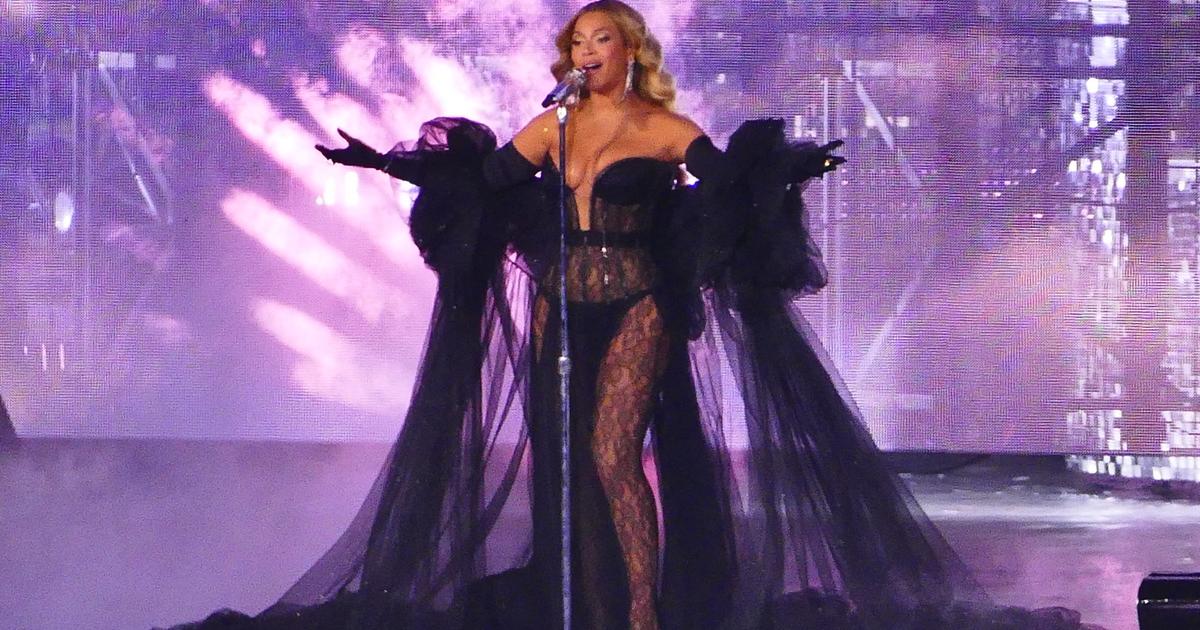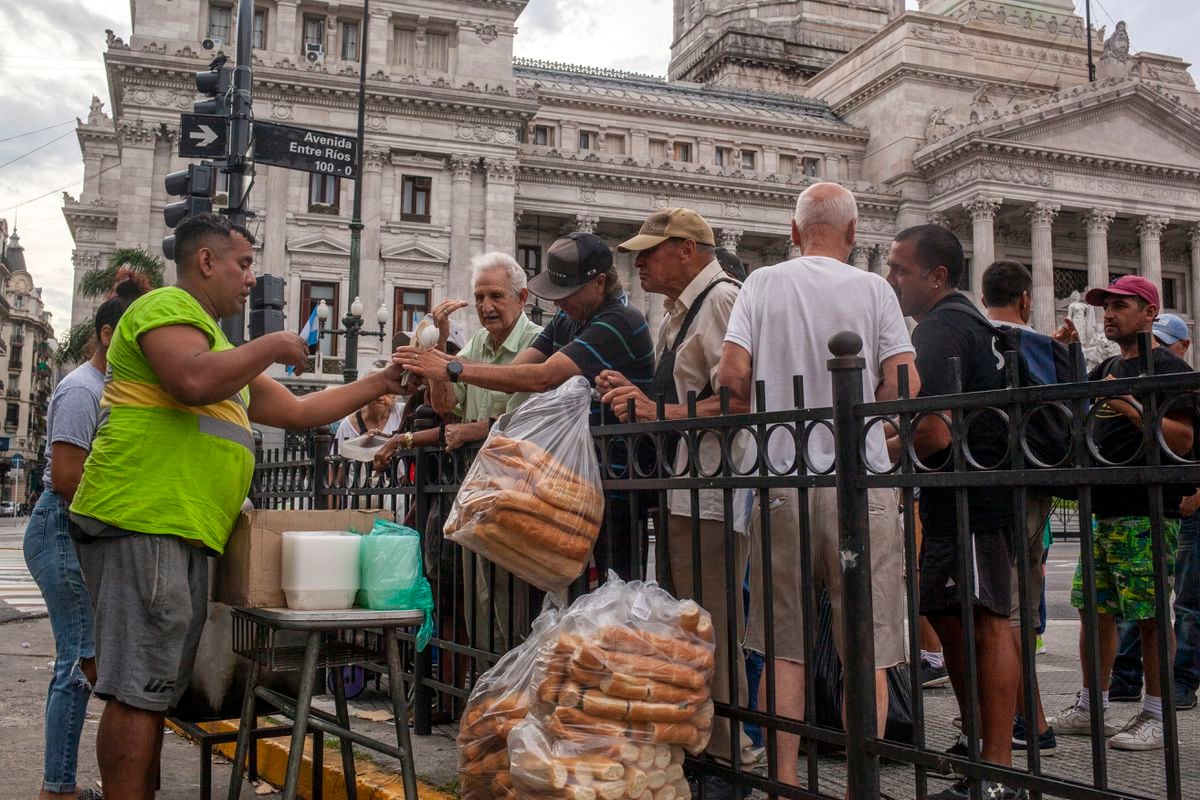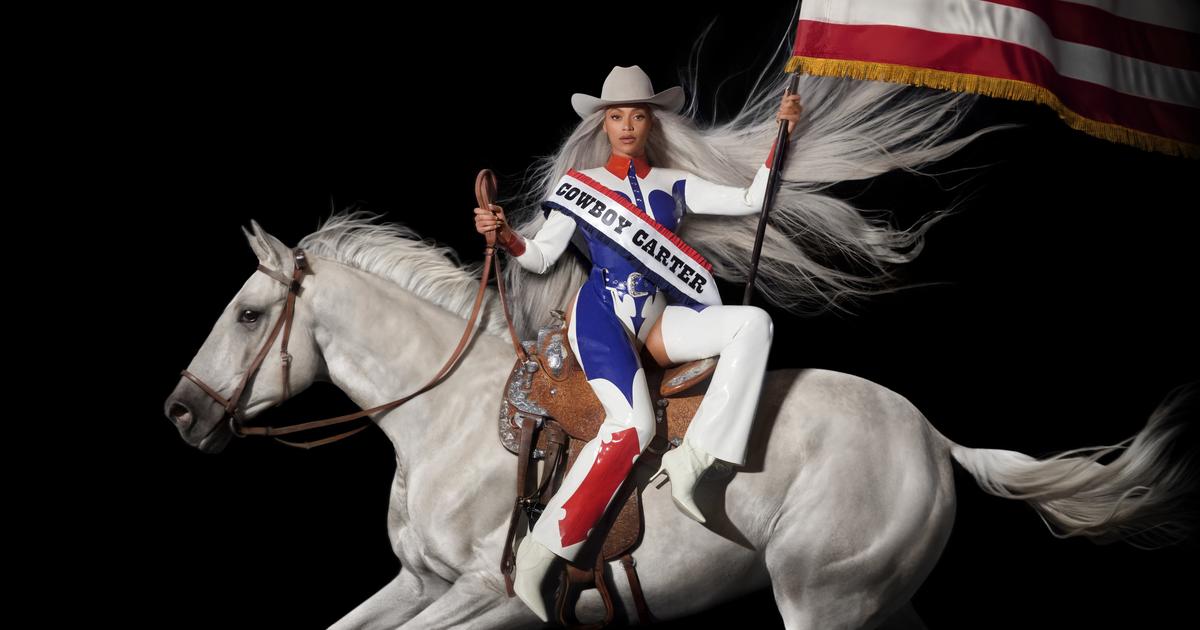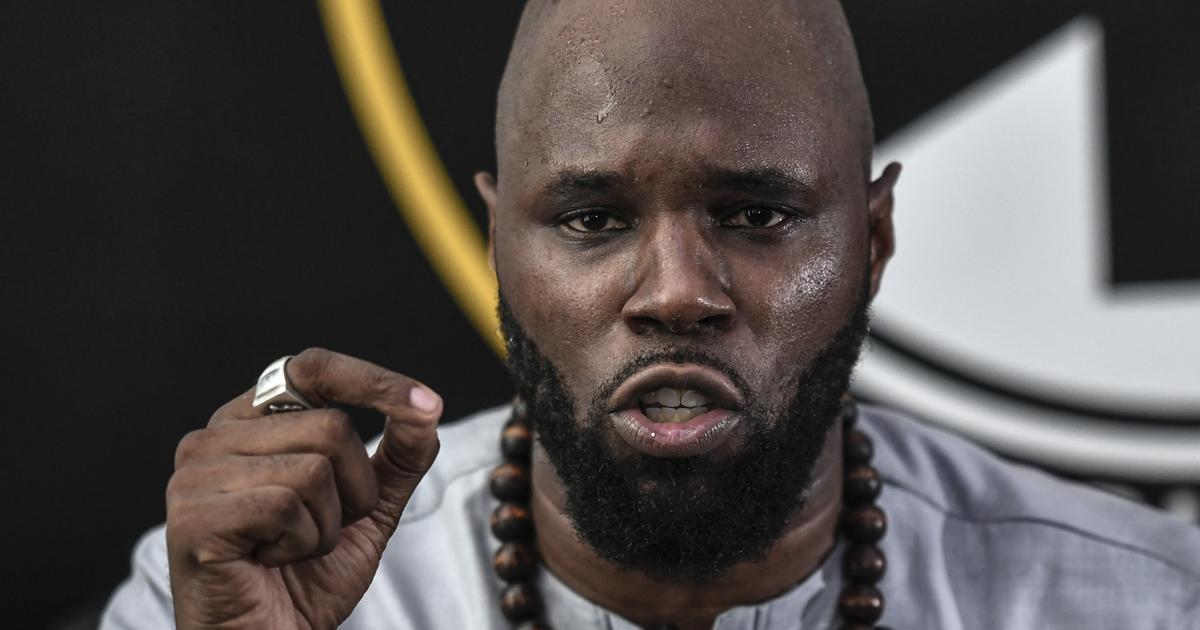- Click to share on Facebook (Opens in a new window)
- Click to share on Twitter (Opens in a new window)
- Click to share on LinkedIn (Opens in a new window)
- Click to email a friend (Opens in a new window)
George Floyd case, how do we get to this point? 3:30
(CNN) - Protests nationwide after the death of black man George Floyd at the hands of white police have once again highlighted the long-standing racial divide in the United States.
This, coupled with the coronavirus pandemic that has disproportionately killed black Americans, has again drawn attention to the persistent inequalities in wealth, health, and opportunity between blacks and whites, despite the economic prosperity of recent years. years.
Those disparities exist due to a long history of policies that excluded and exploited black Americans, said Valerie Wilson, director of the race, ethnicity and economics program at the Institute for Economic Policy, a left-wing group.
"Racial inequality has become so normalized in this society," he said. “It is what we hope to see. This has been the case for a long time, ”he added.
READ: The 4 former agents involved in the death of George Floyd now face charges and Chauvin is accused of a more serious charge, says Senator Klobuchar
The numbers are overwhelming.
Wealth
The typical non-Hispanic black family has accumulated only about a tenth of the wealth of a typical non-Hispanic white family. That gap is due in part to lower home ownership rates and smaller inheritances among blacks.
Preparations begin for George Floyd's funeral 1:43The difference is greater now than at the beginning of the century, according to an analysis by the Brookings Institution. And wealth is even more important these days as it serves as a safety net during economic recessions.
Income
Another reason why it is more difficult for black families to save and build wealth is because they generally earn less than white families.
Since 2000, the wage gap between blacks and non-Hispanic whites has grown significantly, even when education level is taken into account, according to a report by the Institute for Economic Policy. Black workers wages grew slowly from 2000 to last year, when they finally exceeded 2000 and 2007 levels across the entire spectrum of earnings.
The average household income among blacks is also lower than that of non-Hispanic whites.
Unemployment
One area that has improved is the gap in unemployment rates. For decades, the unemployment rate for blacks was generally more than double that of whites, but the gap narrowed to its smallest differential recorded last year, that is, until the coronavirus outbreak. In February, rates stood at 3.1% for whites and a near-record low of 5.8% for blacks.
The economic recession brought on by the pandemic has actually narrowed the gap even further as unemployment has skyrocketed among people of all races. Additionally, black Americans make up an inordinate share of essential services employees, including those working in public transportation, trucks, warehouses and postal services, health care and supermarkets, convenience stores, and pharmacies, according to a report from the Research Center. Economic and Political. This means that many black people have kept their jobs, but at the risk of getting sick.
READ: Tips for talking to your children about protests and racism
In April, the unemployment rate for black workers rose to 16.7%, the highest since early 2010, but hit a record 14.2% for white workers. Typically, in recessions the gap in the unemployment rate widens.
Poverty
The country's poverty rate of 11.8% in 2018 was significantly lower for the first time since 2007, before the Great Recession, according to the most recent data from the Census Bureau.
The poverty rate among blacks was 20.8%, compared to 8.1% for non-Hispanic whites. Both numbers have trended downward during the economic resurgence in recent years.
Medical attention
The current pandemic has also exposed inequalities in the health care system. One reason black Americans have been hit harder is because they are less likely to have health insurance.
This is true even among those who are employed. The Institute for Economic Policy found that black workers are 60% more likely to be uninsured than white workers.
Coronavirus
Along with a lack of coverage, black Americans have higher rates of chronic diseases like diabetes, high blood pressure, and obesity.
All of these conditions contribute to making the coronavirus pandemic even more deadly for blacks than for non-Hispanic whites, who account for more than 60% of the population, but only about 53% of deaths from the virus.
Hispanics and blacks, more hit by the covid-19 5:01coronaviruscovid-19Racism in the United States















